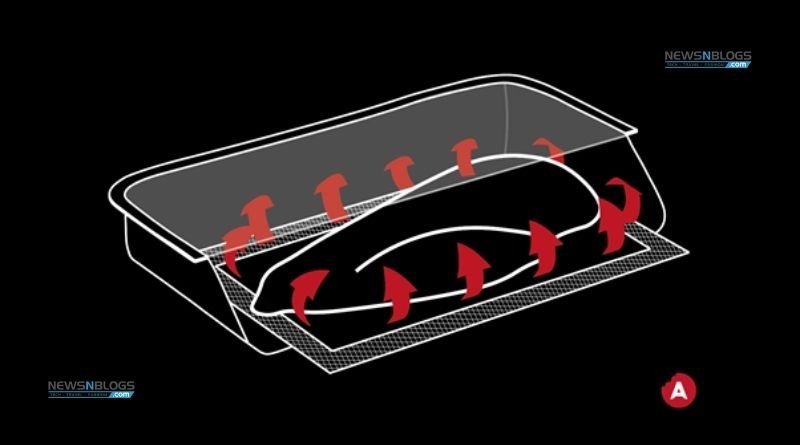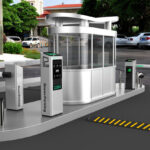The packaging design was originally designed to safeguard the contents of products while they are being transported and sold. With the development of product variety, companies have recognized the importance of good packaging design and how it may be utilized to achieve growth in a competitive market. Smart packaging is one approach to do so. But what exactly is smart packaging? Smart packing is any type of package that can sense potential or an impending problem before it becomes a big issue.
We’ll look at the notion and several types of packaging in this essay. These are packages that are alive, creative, design-driven, and connected. We’ll also look at how intelligent packaging may benefit businesses and some of the challenges it faces as well as possible future developments.
Packaging that is secure and environmentally responsible, in which goods are contained in a way that protects them from harm during transport while still allowing them to be readily accessible. Packages can be more communicative, dynamic, personalised, and actualised when they’re made smarter.
Another example is ink that changes color when a product’s content is ready to consume or will soon go bad. Isn’t it? There are many more ways in which smart packaging may be used to connect with consumers and demonstrate knowledge of their demands.
Smart Packaging: What It Is and How It Works
Active packaging
Active packaging uses a range of advanced materials to give features like thermochromic, temperature, humidity, and even germs control. This can help to improve the product’s shelf life or the quality of its contents during storage by preventing deterioration. Active components may be put into the packaging or used as inserts separately. If oxygen absorbers are added to the cap of a plastic beer bottle, it will extend its shelf life from three to six months.
For more instances, look at the closed food pads from Cellcomb, a Swedish firm that creates eco-friendly, disposable, laminated products for high-hygiene needs.
Intelligent Packaging
Intelligent packaging offers a number of advantages beyond simply material packaging. It involves indicators and sensors placed within or outside the container that detect product status, providing information about its condition. This would include temperature, storage duration, tightness, and freshness, to name a few. For example, food packing may change color to indicate an interruption in the cold chain, salmonella contamination, or leaking bags.
Design-led packaging
Design-led packaging is a form of packaging design that enhances the function and appearance of a product while also promoting its value perception and improving the user’s experience. For example, Pill Pack, an online pharmacy in the United States that packages and delivers customers’ medications, uses easy-to-open and handy packets that are tailored to each client.
Connected Packaging
Smart packaging is an example of connected packaging, as we discussed previously while discussing its future and connected packaging. It enables companies to “connect” with their customers through packaging that incorporates technology like tags, QR codes, or sensors that can generate and collect third-party data that may help them better understand their consumers’ behaviours and optimize campaigns.
What are the Benefits of Smart Packaging?
Let’s take a look at the benefits smart packaging may provide to your business now that we’ve seen what it is and how to use it.
Smart Packaging Protects products’ content and enhances their shelf-life
One of the most significant worries for businesses is how to keep their products fresh for as long as possible. As we’ve seen before, smart packaging designs can adapt to the environment outside and within the package, preventing moisture, germs, or other harmful substances from entering, consuming potentially unhealthy meals, and reducing the need and cost of garbage disposal.
Quality control is encouraged by Quality Packaging.
Manufacturers can’t test goods remotely, so they must be sent and supplied in a controlled environment, and even though data loggers are used, real-time information isn’t accessible. Also, until after the items have been sold to clients, it is typically not provided to the manufacturers, which might have an adverse influence on brand image.
The labels on all of our product packaging are designed to keep you safe from theft, substitution, and counterfeit-proof products.
Unfortunately, many manufacturers, particularly those in cross-border trade, can be affected by counterfeit products, product substitution, and theft. Given the time it takes for information to reach them and for individuals to inform them of the status of their goods, it’s difficult for them to keep track of their items, discover where the issues occurred, and communicate legitimacy to consumers.
Planning with the future in mind
It’s difficult for any company to capture a customer’s order once they’ve run out of a product. As a result, smart packaging technologies allow producers to automatically predict when items will be depleted and to contact consumers to ask whether they would want a replacement.







